The Kailash Mansarovar Yatra is a spiritual pilgrimage that holds profound significance for devotees from various religious backgrounds. Situated amidst the majestic Himalayas, this sacred journey offers pilgrims an opportunity to connect with divine energies and immerse themselves in the rich tapestry of religious traditions. As pilgrims embark on this transformative voyage, they encounter a myriad of revered sites, each steeped in myth, legend, and spiritual resonance. Here, we present 15 popular places to visit during the Kailash Mansarovar Yatra, each offering a unique glimpse into the spiritual heritage of the region.
Mount Kailash
Dominating the skyline with its snow-capped peak, Mount Kailash stands as a symbol of divine transcendence and spiritual awakening. Believed to be the abode of Lord Shiva, this sacred mountain draws pilgrims from far and wide, inviting them to undertake the arduous Kora (circumambulation) ritual. As devotees traverse the rugged terrain, they seek blessings and enlightenment, forging a deep connection with the celestial realms.
Lake Mansarovar
Nestled at the base of Mount Kailash lies the pristine Lake Mansarovar, revered as one of the holiest bodies of water in Hindu mythology. With its crystal-clear waters and tranquil surroundings, Mansarovar epitomizes purity and spiritual serenity. Pilgrims flock to its shores to perform sacred rituals, bathe in its sacred waters, and seek blessings for spiritual fulfillment and enlightenment.
Yam Dwar
Marking the entrance to the sacred realm of Mount Kailash, Yam Dwar holds immense significance for pilgrims embarking on the Kailash Mansarovar Yatra. It is here that the journey of spiritual transformation begins, as devotees pass through the symbolic gateway and leave behind the burdens of earthly existence. Yam Dwar serves as a threshold between the mundane and the divine, guiding pilgrims on their path towards spiritual awakening.
Tirthapuri
Located near Mount Kailash, Tirthapuri is renowned for its natural hot springs and ancient monastery. Pilgrims visit this sacred site to cleanse their sins, seek blessings from the divine, and partake in traditional rituals. The therapeutic waters of Tirthapuri are believed to possess healing properties, offering solace to weary travelers and spiritual seekers alike.
Gauri Kund
Enveloped in myth and legend, Gauri Kund is a sacred lake that holds deep significance in Hindu mythology. According to ancient lore, it is here that Goddess Parvati performed penance to win the affections of Lord Shiva. Pilgrims visit Gauri Kund to pay homage to the divine couple and seek blessings for love, harmony, and marital bliss.
Pashupatinath Temple
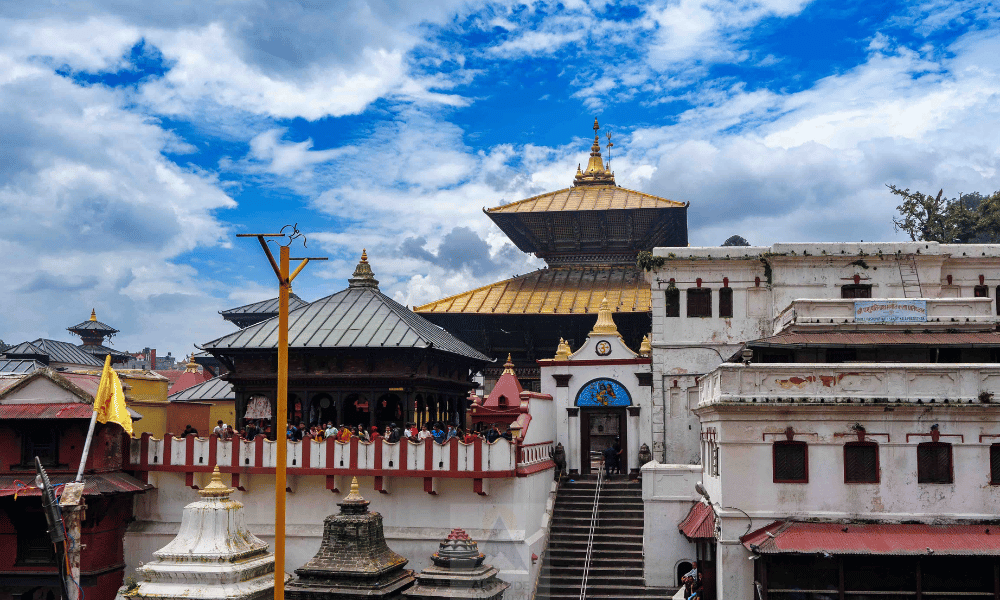 Situated in Nepal, the Pashupatinath Temple is dedicated to Lord Shiva and is one of the most revered Hindu shrines in the world. Pilgrims flock to this sacred site to offer prayers, perform rituals, and seek blessings for spiritual enlightenment and worldly prosperity. The temple's stunning architecture and serene ambience create a divine atmosphere conducive to prayer and contemplation.
Situated in Nepal, the Pashupatinath Temple is dedicated to Lord Shiva and is one of the most revered Hindu shrines in the world. Pilgrims flock to this sacred site to offer prayers, perform rituals, and seek blessings for spiritual enlightenment and worldly prosperity. The temple's stunning architecture and serene ambience create a divine atmosphere conducive to prayer and contemplation.
Muktinath Temple
Located in the Mustang district of Nepal, the Muktinath Temple is a sacred pilgrimage site revered by both Hindus and Buddhists. Dedicated to Lord Vishnu, the temple is believed to grant salvation to devotees who visit its hallowed precincts. Pilgrims undertake the journey to Muktinath in search of spiritual liberation and enlightenment, seeking refuge in the divine presence of the Lord.
Saptarishi Caves
Nestled along the inner Kora route of Mount Kailash, the Saptarishi Caves are revered as sacred abodes of meditation and spiritual retreat. According to Hindu mythology, these caves were once inhabited by the seven great sages (Saptarishis) who attained enlightenment through penance and meditation. Pilgrims visit the caves to pay homage to these revered sages and seek their blessings for spiritual growth and enlightenment.
Rakshas Tal
Steeped in myth and legend, Rakshas Tal is a mystical lake shrouded in mystery and intrigue. According to Hindu mythology, the lake derives its name from the demon king Ravana, who is said to have performed penance here to win the favor of Lord Shiva. Pilgrims visit Rakshas Tal to witness its otherworldly beauty and to contemplate the timeless tales of gods and demons that unfold amidst its tranquil waters.
Charan Sparsh
Located near Kailash Mansarovar, Charan Sparsh is a sacred site where pilgrims pay homage to the holy feet of Lord Shiva. Devotees believe that by touching the divine feet of the Lord, they can purify their souls and attain spiritual liberation. Charan Sparsh holds profound significance for pilgrims seeking divine blessings and guidance on their spiritual journey.
Jal Narayan Vishnu
Situated near Lake Mansarovar, Jal Narayan Vishnu is a sacred site dedicated to Lord Vishnu, the preserver of the universe. Pilgrims visit this holy site to seek blessings for prosperity, longevity, and spiritual enlightenment. The serene waters of Jal Narayan Vishnu create a tranquil setting for prayer and contemplation, inspiring devotees to connect with the divine essence within themselves.
Guge Kingdom
Nestled in the Ngari region of Tibet, the Guge Kingdom is an ancient civilization renowned for its rich cultural heritage and architectural marvels. Pilgrims visit the ruins of Guge to explore its ancient monasteries, palaces, and temples, which bear testimony to the region's glorious past. The mystical aura of Guge Kingdom evokes a sense of wonder and reverence, inviting pilgrims to embark on a journey through time and space.
Nandi Parvat
Adjacent to Mount Kailash lies Nandi Parvat, a sacred peak revered as the divine abode of Nandi, the sacred bull of Lord Shiva. Pilgrims visit Nandi Parvat to pay homage to the celestial guardian and seek blessings for spiritual strength and protection. The majestic presence of Nandi Parvat radiates a sense of divine grace, inspiring devotees to deepen their connection with the divine.
Om Parvat
Om Parvat, meaning "Om Mountain," is a sacred peak nestled in the Himalayas, renowned for its natural depiction of the sacred symbol "Om" etched into its snow-capped slopes. Pilgrims undertake the journey to Om Parvat to witness this divine manifestation and to pay homage to the cosmic sound symbolizing the ultimate reality. The sight of Om Parvat inspires devotees to deepen their spiritual practice and connect with the universal essence that permeates all existence. As pilgrims gaze upon this sacred mountain, they are reminded of the eternal nature of the cosmos and the inherent divinity within themselves.
Adi Kailash Parvat
Also known as Chota Kailash, Adi Kailash Parvat is revered as a sacred pilgrimage site associated with Lord Shiva. Situated in the Indian state of Uttarakhand, Adi Kailash Parvat draws pilgrims seeking spiritual enlightenment and divine blessings. The serene beauty of the Himalayas and the spiritual ambiance of Adi Kailash Parvat create a conducive environment for introspection and spiritual growth.
In Conclusion
The Kailash Mansarovar Yatra is a transformative journey that takes pilgrims on a spiritual odyssey through some of the most sacred sites in the Himalayas. From the majestic peaks of Mount Kailash to the tranquil waters of Lake Mansarovar, each destination offers pilgrims an opportunity to deepen their connection with the divine and embark on a journey of self-discovery and enlightenment. As devotees traverse the rugged terrain and ancient pilgrimage routes, they are guided by the timeless wisdom of the sages and saints who have walked this sacred path before them. Whether seeking spiritual liberation, divine blessings, or simply a deeper understanding of the mysteries of existence, the Kailash Mansarovar Yatra offers pilgrims a transformative experience that transcends the boundaries of time and space.
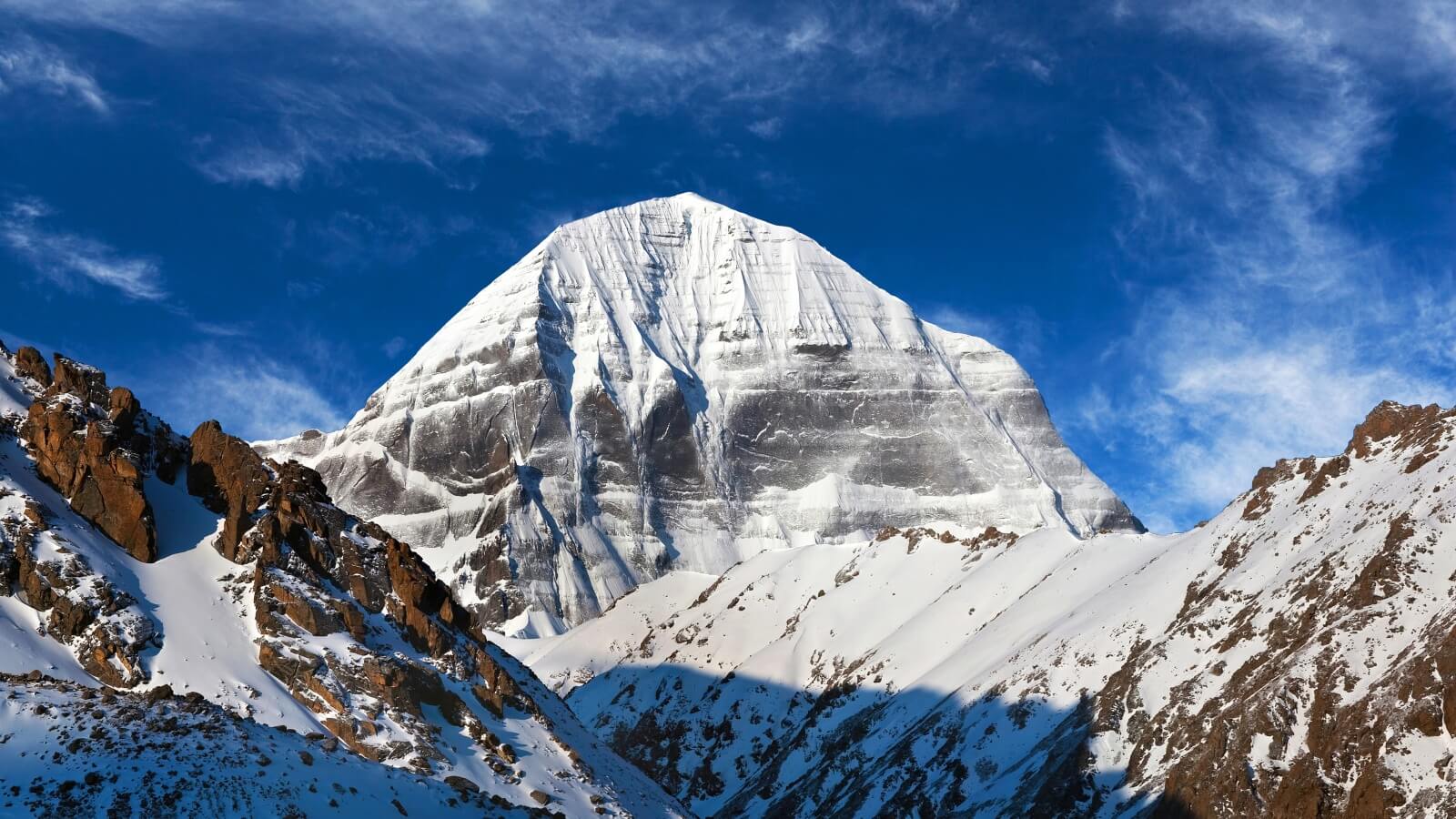
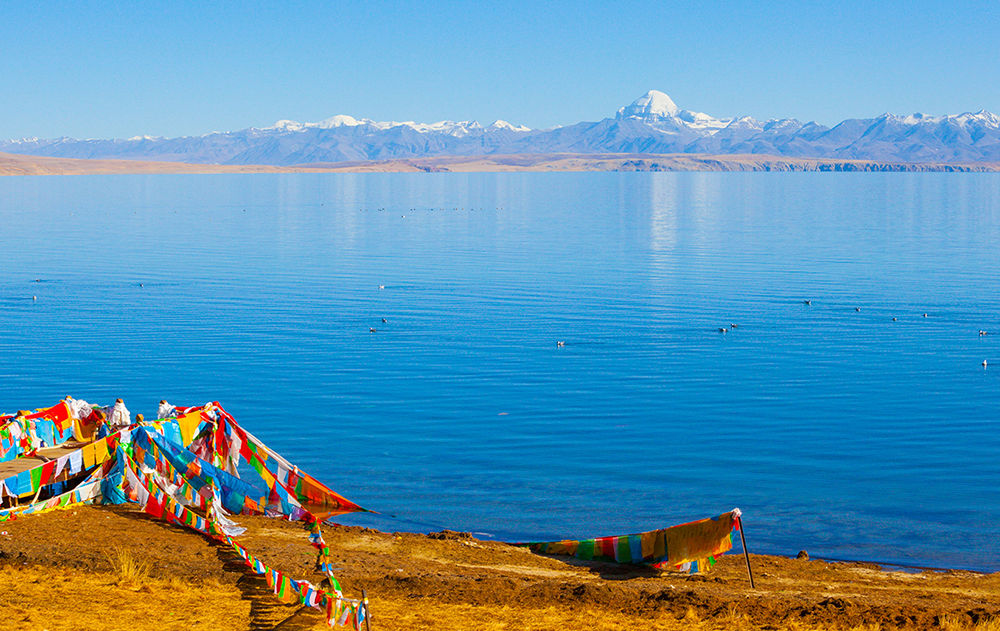
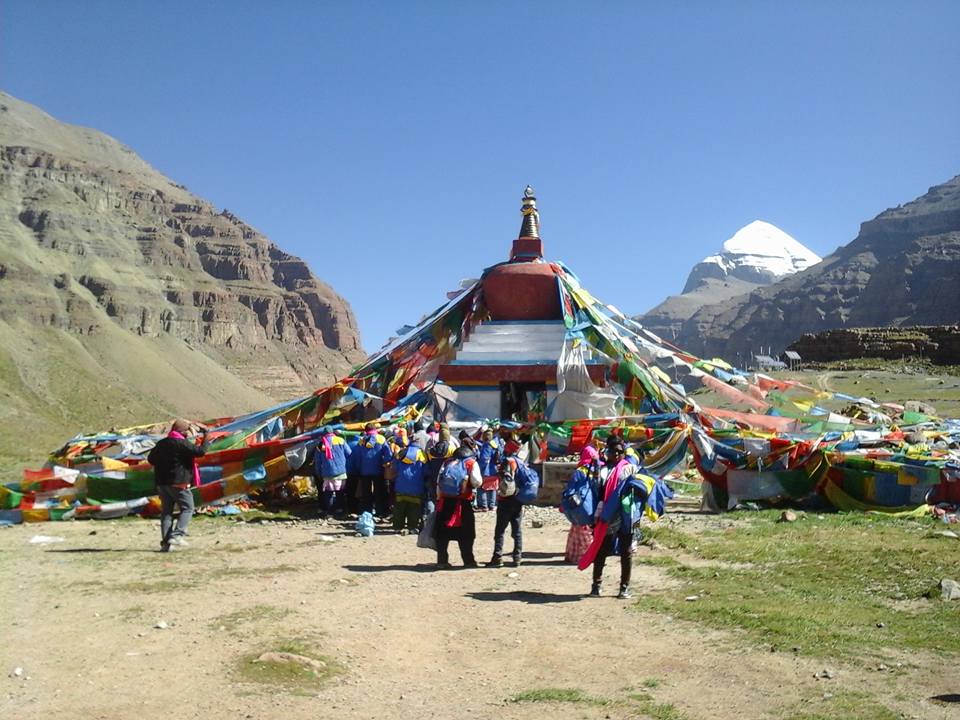

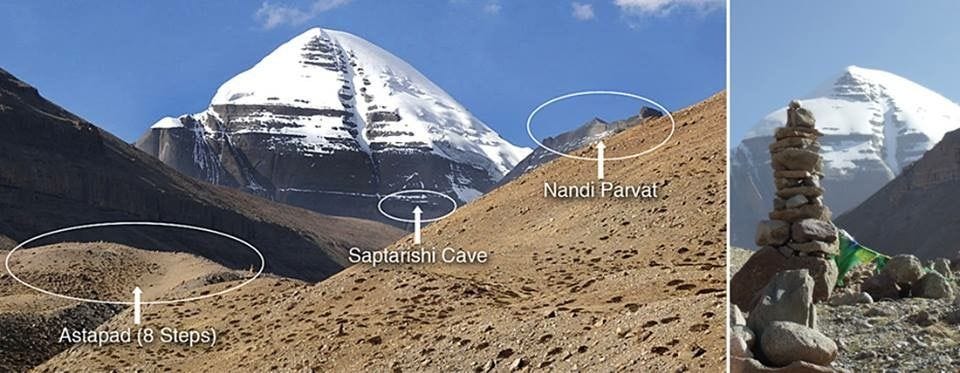
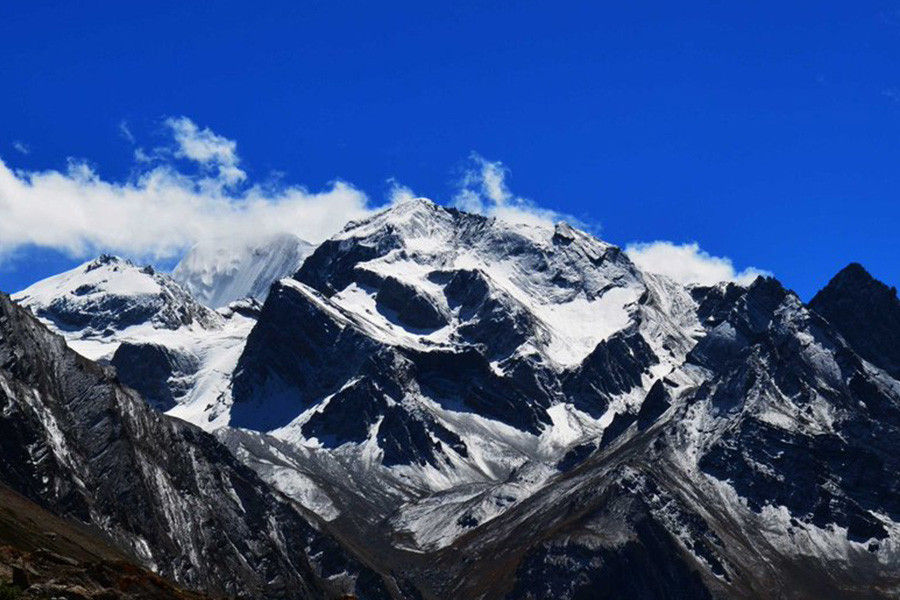

Comments